Pantelleria Wines
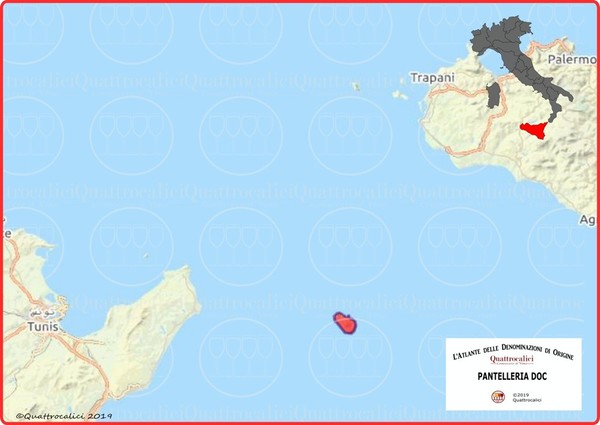
[아츠앤컬쳐] 판텔레리아는 지중해 한가운데 시칠리아 해협에 위치한 이탈리아의 작은 화산섬이다. 시칠리아의 트라파니 지역에 속해 있지만, 튀니지 해안과 훨씬 더 가까워 맑은 날이면 불과 70km 떨어진 튀니지가 섬에서 보인다고 한다.
판텔레리아는 수천 년 동안 사람이 거주해왔으며 고대 어느 시점에 현재의 레바논에서 지중해 서쪽으로 이주한 셈족인 카르타고인들이 이 섬을 식민지로 삼았다. 그리스 지리학자들은 이 섬을 “코시라”라 불렀고, 기원전 3세기에 이 섬을 정복한 로마인들은 “코수라”라고 하였다.
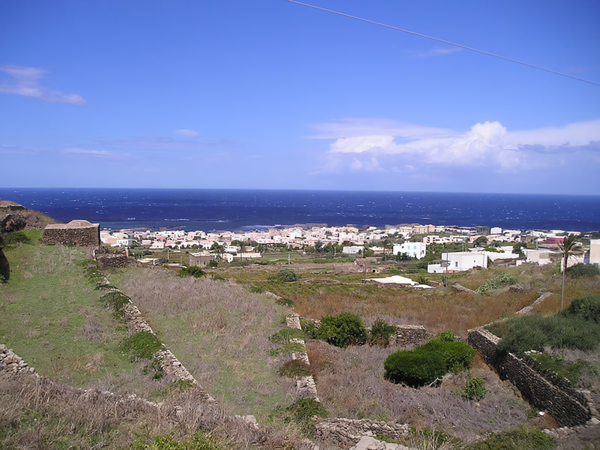
서기 700년경, 아랍인들은 판텔레리아를 약탈한 뒤 400여 년간 시칠리아 에미리트의 일부로 점령했다. 오늘날 판텔레리아의 풍경에 남아 있는 대표적인 특징들, 예를 들어 아랍식 석조 건축물인 ‘담무시’는 아랍인들이 전해준 것으로 여겨진다. 또한 몰타어와 비슷한 시칠리아-아랍어 방언이 18세기 후반까지 사용되었으며, 이후 시칠리아어로 대체되었다.
아랍인들은 판텔레리아에 포도나무를 처음으로 도입했는데, 이들은 사하라 사막에서 불어오는 뜨겁고 강한 바람인 시로코에 빗대어 “바람의 딸”이라 불렀다. 아랍인들이 가져온 포도 품종은 ‘지비보’로, 아랍어로 ‘건포도’를 뜻하는 ‘자비브’(raisin)에서 유래했다. 이는 세계에서 가장 오래된 백포도 품종 중 하나인 알렉산드리아 머스캣의 지역 이름이다. 원래 이집트에서 유래했으며 오늘날에도 그리스의 렘노스 섬에서 재배되고 있다. 전설에 따르면, 클레오파트라 여왕이 바로 이 섬에서 생산된 머스캣(뮈스카) 와인을 즐겼다고 한다.
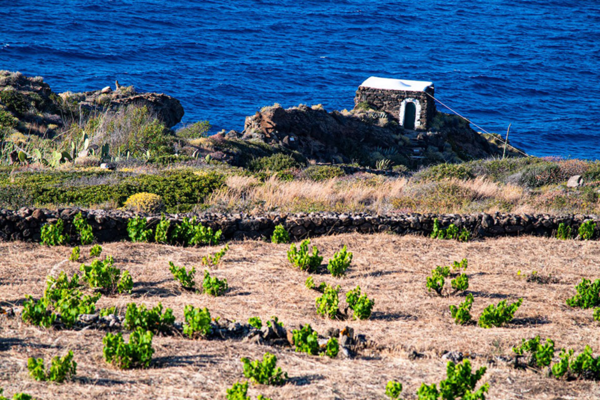
판텔레리아의 오솔길을 걷거나 자전거를 타고 지나가다 보면, 거친 화산 지형의 풍경과 강렬한 푸른 바다 사이에서 다채로운 색과 향기로 가득한 순수한 자연에 흠뻑 빠져들게 된다. 강한 바람 때문에 지비보 포도나무는 화산 토양에 얕게 파인 둥지 모양의 분지에서 재배되며, 이 전통적인 고대 기법은 이탈리아어로 ‘비테 아드 알베렐로’라 불린다. 이러한 방식으로 포도나무가 뿌리째 뽑히는 것을 방지한다.
판텔레리아의 햇볕이 내리쬐는 포도밭에서 자란 지비보 포도는 풍부한 당도와 향을 품고 있어 모스카토(Moscato)와 파시토(Passito)를 포함하여 뛰어난 품질의 와인을 만들어낸다.

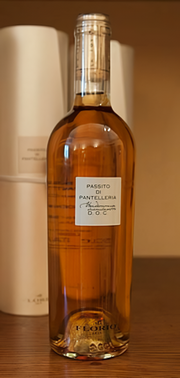
‘모스카토 디 판텔레리아’는 밀짚 노란색에 호박 빛깔을 띠는 와인으로, 대추야자, 살구, 꿀, 열대과일, 자몽, 장미, 오렌지 꽃의 힌트가 나는 강렬하고 향기로운 향이 조화를 이룬다. 맛은 달콤하며 과일 향이 여운으로 남는다.
일부 지비보 포도는 보통 여름이 끝날 무렵, 손으로 수확하여 건초 위에서 말려 매우 달콤한 건포도로 변한다. 이렇게 만들어진 와인이 바로 ‘파시토 디 판텔레리아’다. 이 와인은 호박 빛깔 황금색을 띠며, 말린 무화과, 설탕에 절인 감귤류, 건포도의 향과 함께 달콤하고 향기롭게 감싸는 맛이 나는 강화 와인이다.

Pantelleria Wines
In the middle of the Mediterranean Sea there is Pantelleria, a small volcanic Italian island located in the Strait of Sicily. Although part of the territory of the Sicilian city of Trapani, Pantelleria is quite closer to the Tunisian coast so that on clear days Tunisia, just seventy kilometers away, is visible from the island itself.

Pantelleria has been inhabited for millennia and at a certain point of this abysmal antiquity it was colonized by the Carthaginians, a Semitic people from present-day Lebanon who had settled in the western part of the Mediterranean Sea. Greek geographers called this island “Kossyra” which became “Cossura” for the Romans who conquered it in the third century BC.
Arabs sacked Pantelleria from around 700 AD and then occupied it for four centuries as part of the Emirate of Sicily. They are traditionally credited with the arrival of many of the characteristic features of the current Pantelleria’s landscape, such as the dammusi, stone buildings of Arab origin and typical of Sicily. Furthermore, a Sicilian-Arabic dialect like Maltese spread on the island until the late eighteenth century, when Sicilian language superseded it.

Arabs were also the first to introduce grapevines to Pantelleria which they called Bint al-Riyah, “Daughter of the Winds”, in reference to sirocco, a hot and impetuous Saharan wind that blows over North Africa and the island itself. The grape variety that Arabs brought to Pantelleria was Zibibbo, from zabib (Arabic for “raisins”), the local name for Muscat of Alexandria, one of the oldest white grapes in the world originally from Egypt and which is still also grown in the Greek island of Lemnos. Legend has it that queen Cleopatra drank Muscat wine from this very island.

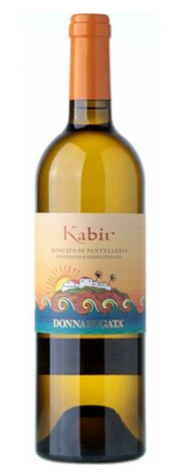
Walking or cycling along the paths of Pantelleria you immerse yourself in an unspoiled nature full of colors and scents, between harsh volcanic landscapes and the intense blue of the sea. Due to the impetuous winds, Zibibbo vines are grown in shallow basins dug into the volcanic soil with an ancient technique known in Italian as “vite ad alberello” (small-vine tree), so that vines themselves are not uprooted.
In the sunny vineyards of Pantelleria, Zibibbo grapes grow rich in sugar and aromatic scents, giving life to various excellent wines including Moscato and Passito.
Moscato di Pantelleria is a wine with a straw yellow color, amber hues and an intense, aromatic scent with hints of dates, apricot, honey, tropical fruit, grapefruit, rose, orange blossom. The taste is sweet with a fruity aftertaste.
Some Zibibbo grapes are hand harvested, usually in late summer, and laid out to dry on straw racks until they turn into very sweet raisins. This is how Passito di Pantelleria is made, a fortified wine with an amber-gold yellow color, a scent of dried figs, candid citrus fruits, raisins and a sweet, aromatic, enveloping taste.

글 | 에밀리아노 펜니지 Emiliano Pennisi
Lecture of the Italian Cultural Institute in Seoul, Sogang University lecturer of Italian language
Wine scholar and expert
He attended sommellier courses in Italy

